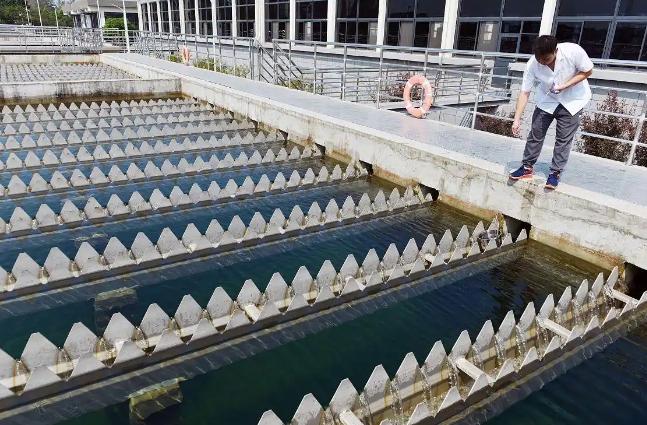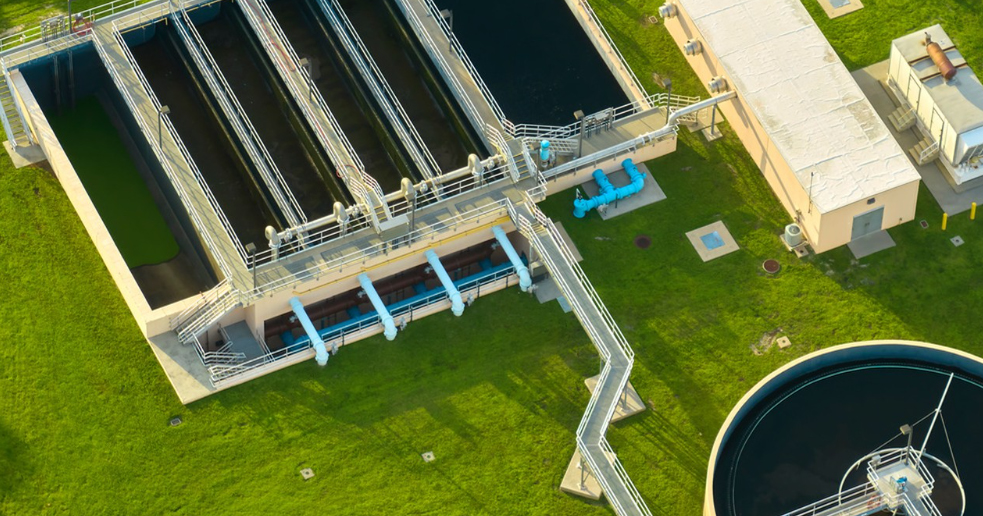The fluoride removal agent is a kind of chemical substance or physical adsorbent material specifically designed to remove fluoride ions from water. Its working principle is mainly based on processes such as chemical adsorption, ion exchange, and precipitation reactions. The following are the main principles and mechanisms of the fluoride removal agent:
1.Chemical Adsorption and Ion Exchange.
The active components in the fluoride removal agent (such as aluminum salts, iron salts, or activated alumina) undergo a chemical reaction with fluoride ions in water to form compounds that are insoluble in water. For example, aluminum ions combine with fluoride ions to form AlF6- ions or fluoroaluminates. These compounds further fix or remove fluoride ions through coprecipitation, complexation, or coordination.
2.Precipitation Reaction.
Certain fluoride removal agents (such as lime or calcium chloride) react with fluoride ions to form insoluble precipitates. For example, calcium hydroxide reacts with fluoride ions to form calcium fluoride precipitate, and the fluoride ions are removed from the water through the separation of the precipitate.
3.Colloidal Adsorption and Entrapment
The fluoride removal agent (such as polyaluminum chloride) hydrolyzes in water to form aluminum hydroxide colloids. These colloids entrap the free fluoride ions inside the flocs through surface adsorption and entrapment, and finally, the fluoride ions are removed through solid-liquid separation.
4.Strong Adsorption and Ion Exchange
Certain advanced fluoride removal agents (such as aluminum-iron-silicon composite salts) form colloidal particles in water. These particles have a high specific surface area and positive charges, which can strongly adsorb fluoride ions. At the same time, part of the aluminum exists in the form of polyhydroxycation, and the fluoride ions are fixed in the mineral structure through ion exchange.
5.Environmental and Operating Conditions
The fluoride removal effect is affected by water quality conditions (such as pH value, temperature, turbidity, and coexisting ions). The optimal pH range is usually 6.5-7.5. Either too high or too low a pH value will affect the performance of the fluoride removal agent.

Conclusion
Through various mechanisms such as chemical adsorption, ion exchange, precipitation reaction, and colloidal adsorption, the fluoride removal agent converts the fluoride ions in water into insoluble or hardly soluble compounds, thus achieving the effective removal of fluoride and ensuring water quality safety and human health.












